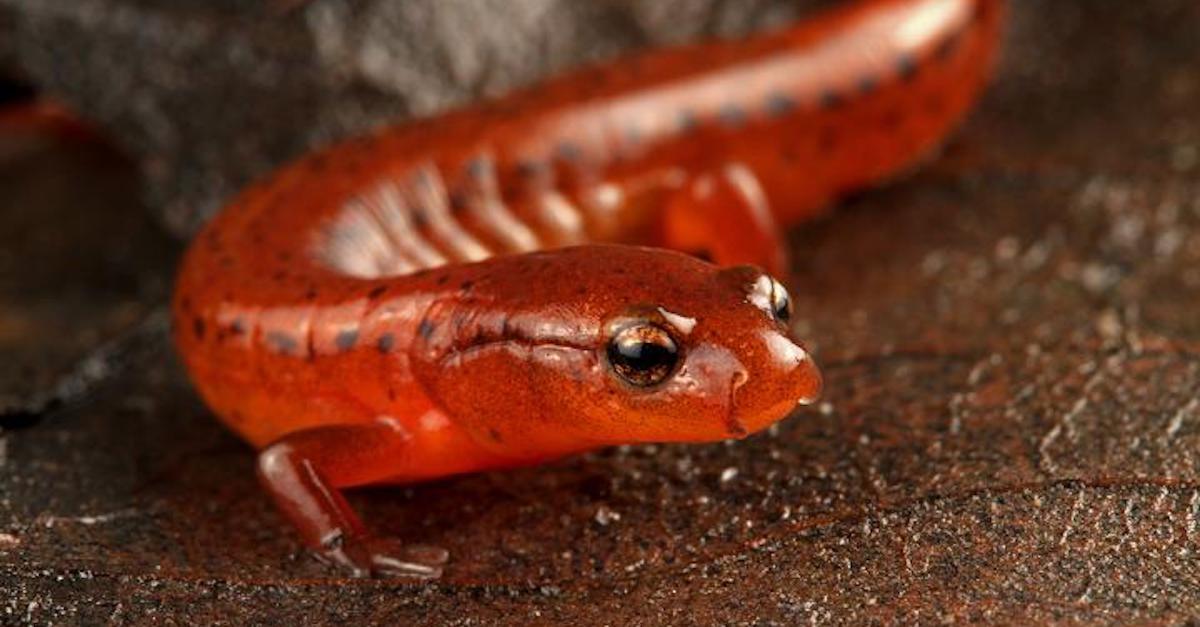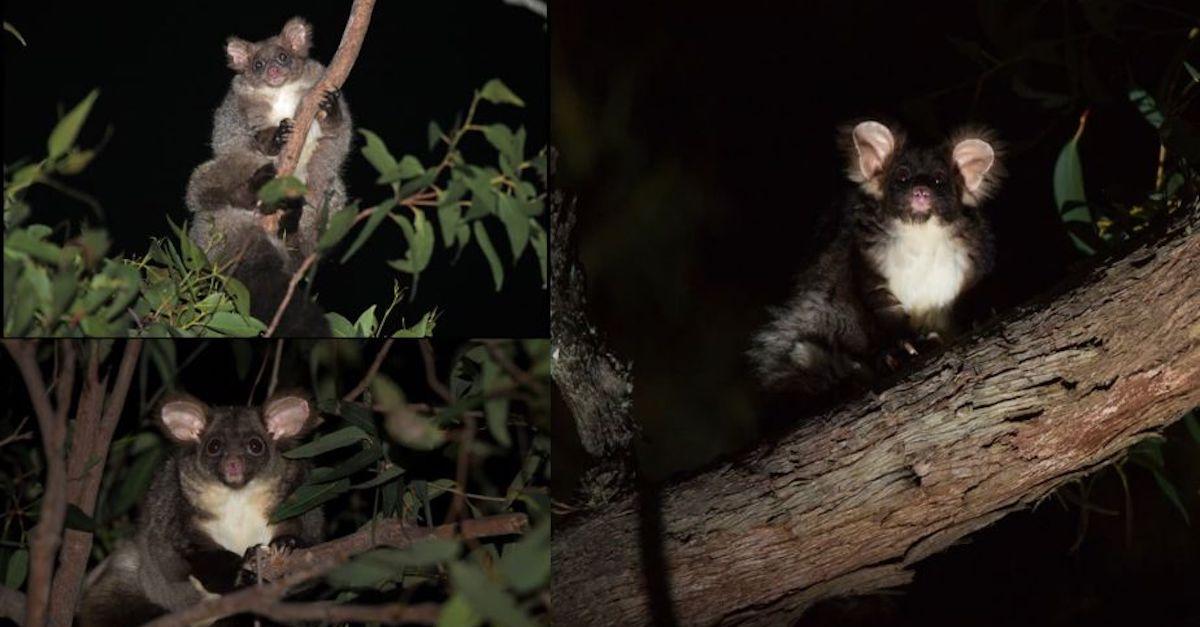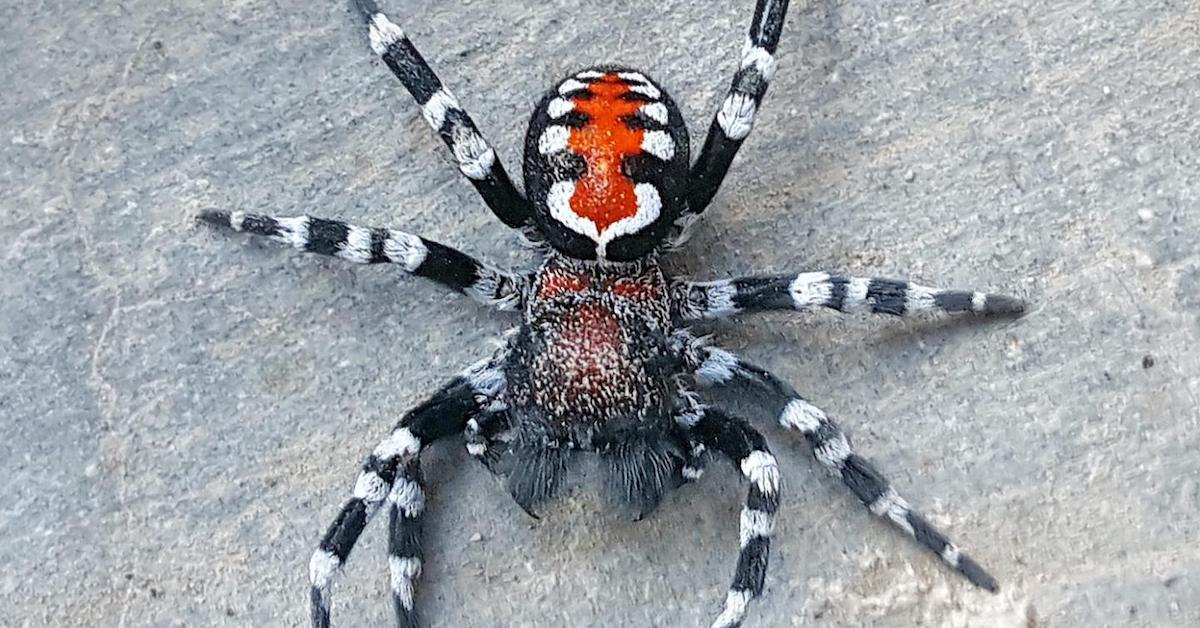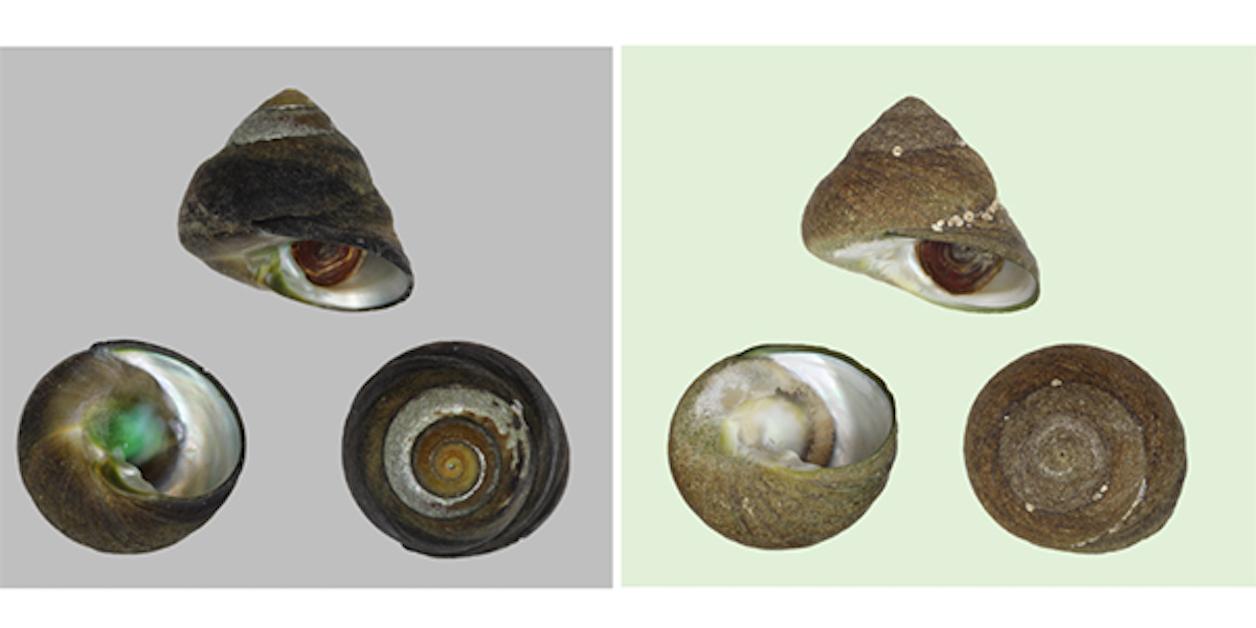In Terms of Biodiversity, 2020 Was a Success — These New Species Were Discovered!
Published Dec. 14 2020, 11:37 a.m. ET

Many would probably say that 2020 was a complete blowout — politically, socially, experientially, and unfortunately for many, health-wise. But in the world of science, it was an overall fantastic year. Hundreds of new species were discovered in 2020, adding to our planet's biodiversity and making conservation efforts more effective. Stay tuned to see which animals were added to our planet's amazing catalog of wildlife.
Achalinus zugorum
A new species of iridescent snake was discovered — almost by accident — in the forests of Northern Vietnam, according to The Independent. While observing ecological landscapes, the snake was found in the middle of the road, boasting dark almost-holographic scales with strange eyes, no photoreceptors, and is part of the rare genus Achalinus. It was named after the Smithsonian's former reptile curator, George Zug and his wife, Patricia.
Beaked Whale — New Species
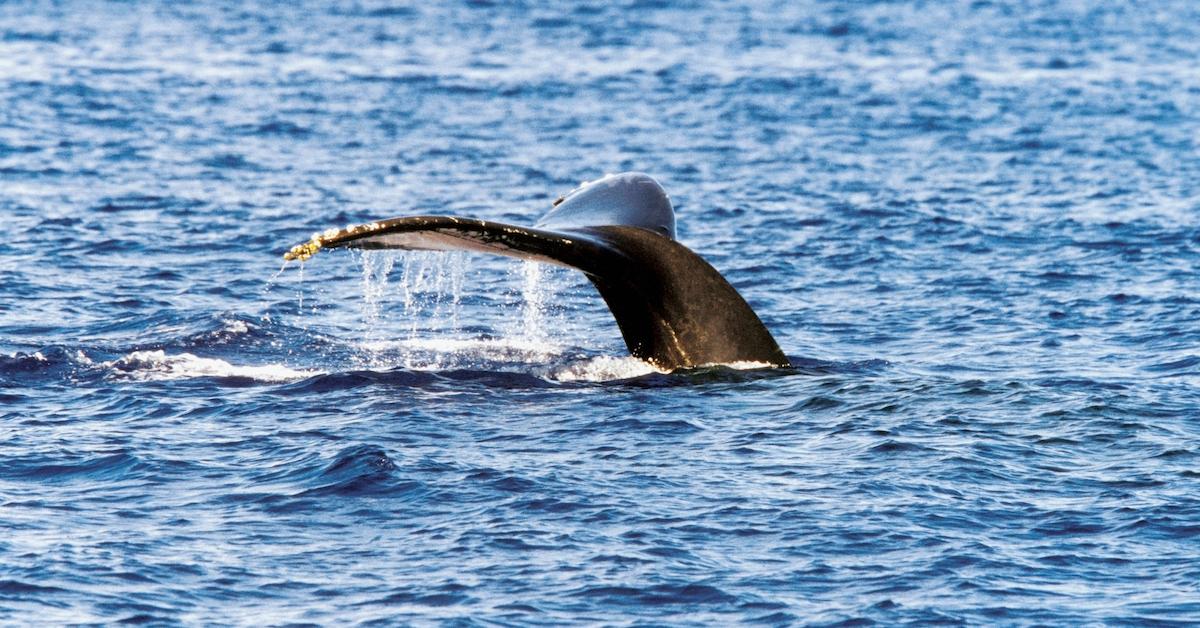
In November, researchers tentatiively discovered a completely new species of beaked whale off Mexico's West coast, according to NBC. Although it isn't confirmed, a team of scientists inadvertently discovered three unknown beaked whale varieties near the San Benito Islands. They have pointy snouts and measure up to 16.4 feet long, and although DNA testing will confirm if these are actually new species, it would bump our planets numbers of beaked whale types up to 24.
Carolina Sandhills Salamander
North Carolina's 64th salamander species was just discovered and named the Carolina Sandhills salamander. The creature is mostly located in springs, seepages and small blackwater streams of the Sandhills region of North Carolina, according to the North Carolina Museum of Natural Sciences. The salamanders are very small and boast a bold reddish color.
Cnemaspis Avasabinae
A new dwarf gecko — scientifically known as the Cnemaspis avasabinae — was found in
India's Eastern Ghats earlier this year, according to The Hindu. It was spotted in a dry evergreen forest underneath stream rocks. It's a greyish-pink color with six dark brown patches, measuring at less than 2.9 centimeters.
Devil-Eyed Frog
Although the spooky-looking "devil-eyed frog" was assumed to be extinct for the last two decades, when a hydroelectric dam was built where the already-endangered species lived, it was "re-added" to planet Earth's extensive wildlife index after it was spotted somewhere in the Bolivian Andes, as per CNN. Devil-eyed frogs are black with bulging red eyes, and needless to say, scientists are thrilled they were able to survive.
Duobrachium Sparksae Comb Jellyfish
A NOAA Fisheries research team initially discovered a new comb jellyfish variety called the duobrachium sparksae during an underwater expedition back in 2015, but it was officially included as a new variety in November. Most comb jellyfish have eight rows of teeth and refracting cilia — as does this one — but it has a particularly unusual way of moving, which researchers have compared to that of a hot air balloon, as you can see in the video above.
Greater Gliders — New Species
Greater gliders are possum-like mammals native to Eastern Australia's forests, that mostly survive on eucalyptus leaves among the forest's tree tops. This year, scientists discovered there were three different types as opposed to one, after noticing varying morphological differences. DNA sequencing at James Cook University officially confirmed the existence of three types, which are now listed in the study as Petauroides volans, Petauroides minor and Petauroides armillatus.
Lilliputian Frog
One of the smallest amphibians in the world was discovered this year, known as the lilliputian frog. As per CNN, it measures at 1 centimeter in length, and boasts a camouflaged brown color. Between the frog's coloring, small size, and tendency to hide in moss and soil throughout the Andes, scientists had a very difficult time locating them.
Loureedia Phoenixi Spider
A new spider species called the Loureedia phoenixi was discovered in Iran, according to Science Daily, which is categorized as a velvet spider. The species is relatively reclusive and super colorful, and it was named after Joaquin Phoenix, for boasting a pattern that apparently resembles the Joker from the villain's namesake film.
Popa Langur
The Popa langur — aka the trachypithecus popa — boasts a long tale, white rings around its eyes, and black "gloves," with a tuft of fur on iits head. A specimen found through the Natural History Museum from 100 years ago predicted its existence, but in 2020, scientists were able to find a genetic match with feces discovered in Myanmar's forests. They're living in four separate populations — largely on Mount Popa — but they're severely threatened, so scientists hope they're able to repopulate.
Mountain Fer-De-Lance Viper
A highly venomous snaked called the mountain fer-de-lance viper was found in undergrowth within the Andes mountains this year. It sports red, yellow, and green markings, as well as massive fangs and heat-sensing pits on its head, which help it hunt for prey. Needless to say, you wouldn't want to run into this striking-yet-dangerous reptile.
Tegula Kusairo Yamazak
A new species of edible snail called the Tegula Kusairo Yamazak was discovered in Japan in December 2020, according to Phys.org. Its shell is brownish green, with a yellow or white underside. It generally inhabits muddy, gravel-laden areas throughout Japanese coastal areas in the Seto Inland Sea, Ōmura Bay in Nagasaki Prefecture, Kinkō Bay, and the southern tip of South Korea.
For the most part, this year was a total dud... but terms of biodiversity, 2020 was seriously wild.
